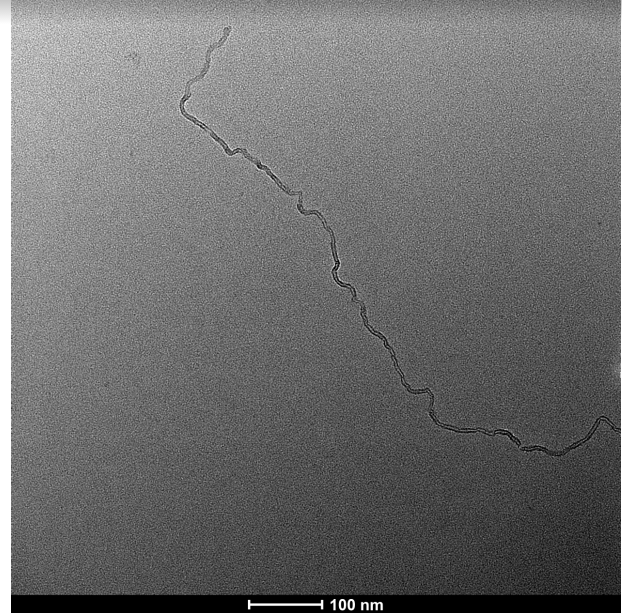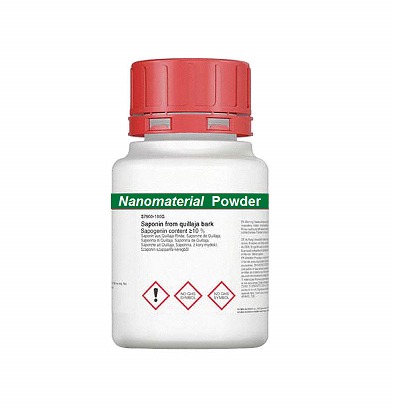Cellulose Nanofiber (Cellulose Nanofibril, Nanofibrillated Cellulose, CNFs)
€45.00 – €1,191.00
Description
Cellulose Nanofiber (Cellulose Nanofibril, Nanofibrillated Cellulose, CNFs)
Wide: 10-20 nm, Length: 2-3 µm, Dry powder
Cellulose Nanofibril is originally generated from wood-derived fibrils with length in the micrometer and width in the nanometric range during the biosynthesis of cellulose.
Today, there is widespread scientific and commercial interest in cellulose nanofibrils (CNF). There have several application areas including foods, cosmetics, pharmaceuticals, paints,
drilling muds, paper additives and paperboard barriers, medical products, etc. Our Nanofibrillated Cellulose product competes on price and performance with counterparts.
Technical Properties:
| Appearance (Color) | White |
| Appearance (Form) | Dry powder (~4 wt.% moisture) |
| Average Particle Size | 10-20 nm wide, 2-3 µm length |
| Cellulose Crystallinity (XRD) | 92% |
| Decomposition Temperature (TGA in N2) | 329 oC |
| Density | 1.50 g/cm3 |

TEM Image of NG01NC0201(CNFs)
Applications:
1.Body Armor Applications
Crystal structure of nanocellulose is consisting from packed array of needle-like crystals. These crystal structures are incredibly
tough and their strength value is nearly eight times higher than stainless steel. Therefore, nanocellulose can be perfect building
material for the future body armor studies.

2.Flexible Batteries
Generally, separator parts inside batteries made up from thick and stiff material which cannot be used for bendable applications.
Instead of these materials, flexible and thin nanocellulose combined with graphene material, flexible battery as the one of the big
dream in electrical industry can be produced.

3.Flexible Screens
Nanocellulose is bendable, transparent, light and strong material therefore it can easily take place of the plastic or glass.
In the future, nanocellulose will be one of the best material for bendable screen studies.
4.Filters
Nanocellulose can be used to filter and purify many types of liquids such as purifying saltwater to be drinkable, trapping
dangerous chemicals in cigarette and filtering out blood cell during transfusion.

5.Absorbent Aerogels
When the nanocellulose are mixed with the aerogel foam, incredibly porous and adsorbent material can be obtained that
could make strong and light wound-dressing and tampons.
6.Fuel Efficient Cars
Nanocellulose can be obtained by algae and actually, this is quite cheap production method. Therefore, it will be possible
to use it in serious bulk materials. In the cars, components from stuff to interior trim will be produced from the light
composites reinforced with nanocellulose. By this way, decrease in the weight of the components will save the fuel
consumption of the cars.
7.Biofuel
During the production of nanocellulose by algae, it is possible to obtain biofuel at the same time by changing the DNA of the
helpful bugs. Result of these process actually will not produce real nanocellulose material, but it will bring into useful byproduct.
Brand
MOLCHEM
Additional information
| Quantity | 5 g, 25 g, 100 g, 500 g, 1000 g |
|---|
You must be logged in to post a review.






Reviews
There are no reviews yet.